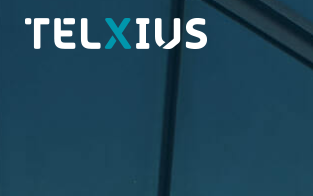Telxius, a leading global connectivity provider, is set to scale its core and edge network infrastructure to 400G using Juniper Networks’ Converged Optical Routing Architecture (CORA). This collaboration with Juniper Networks (NYSE:JNPR), known for its secure AI-native networks, aims to simplify network capacity expansion and efficiently deliver enhanced connectivity to metro networks and data center interconnects (DCI). The upgrade will enhance connectivity across distances of approximately 100 km to points of presence (PoPs) within Telxius’ expansive global footprint, including Spain, the Americas, and wider Europe.
Telxius is 100% owned by Telefónica and is headquartered in Madrid, Spain. Telxius operates a robust subsea cable network, connecting Europe, Latin America, and Africa, with assets including the MAREA, BRUSA, and Atlantic Coast North (ACN) subsea cables. The company is also expanding its data center footprint in key markets, including Spain, USA, and Brazil. Additionally, Telxius has a large portfolio of over 23,000 towers in Europe, which it offers to tenants through its wireless infrastructure business. Looking ahead, Telxius is planning to expand its subsea cable network and data center capacity to meet growing demand for digital services.
By integrating Juniper’s CORA and PTX Series Packet Transport Routers, Telxius will create a more robust and efficient network. The project will migrate key architecture components to these advanced systems, freeing up substantial reserved bandwidth and enabling flexible expansion to 400G capacity. Leveraging IP over Dense Wavelength Division Multiplexing (IPoDWDM) technology, the solution maximizes routing platform capacity and scales link bandwidth, reaching more network locations and customers while reducing the need for external DWDM equipment.
Key Points:
- Telxius is scaling its network infrastructure to 400G using Juniper Networks’ CORA.
- The upgrade enhances connectivity across approximately 100 km to PoPs in Spain, the Americas, and wider Europe.
- The integration involves Juniper’s CORA and PTX Series Packet Transport Routers.
- The project will free up bandwidth and enable flexible 400G expansion.
- The solution leverages IPoDWDM technology to maximize routing capacity and bandwidth.
- Telxius aims to simplify network operations, increase reliability, and reduce power consumption.
















